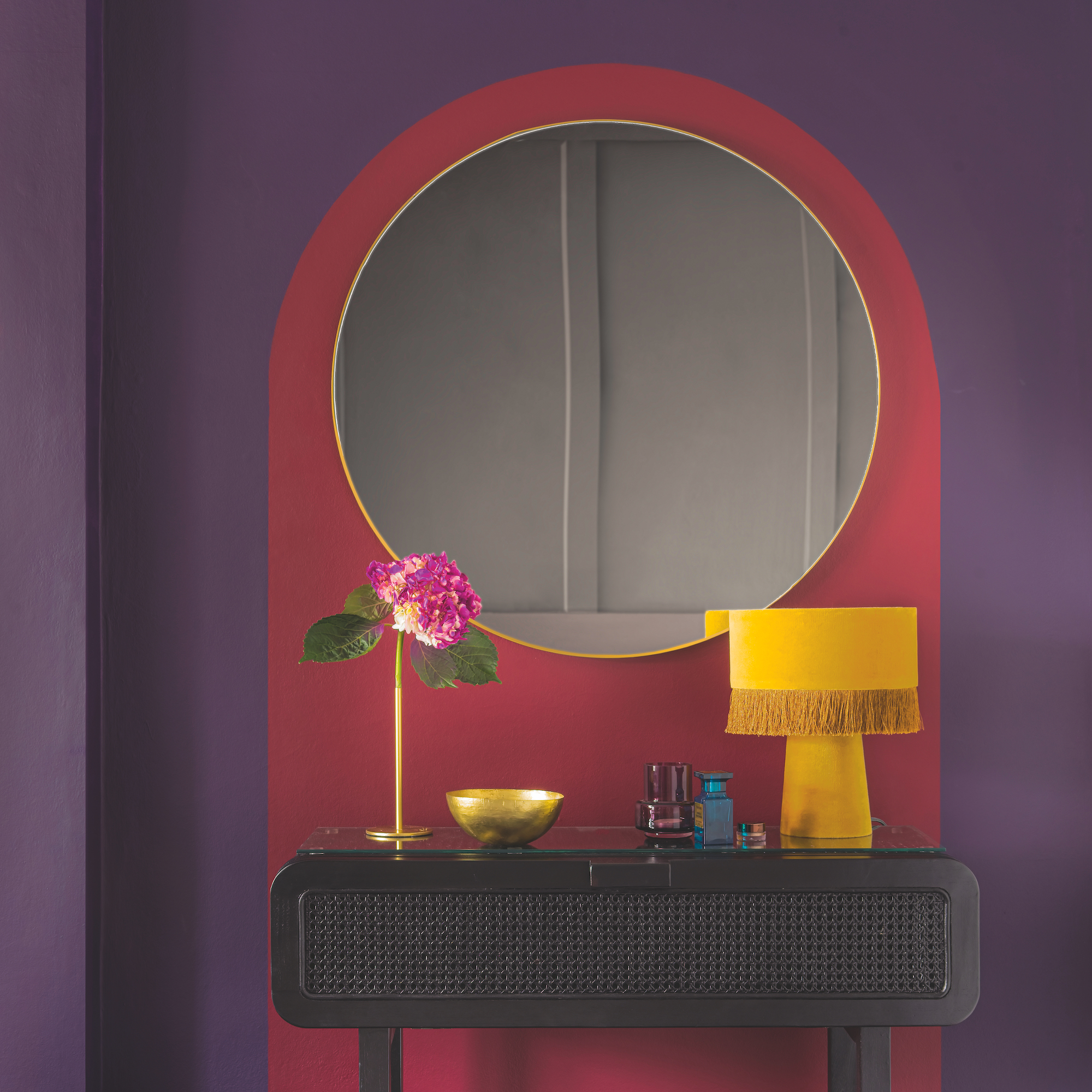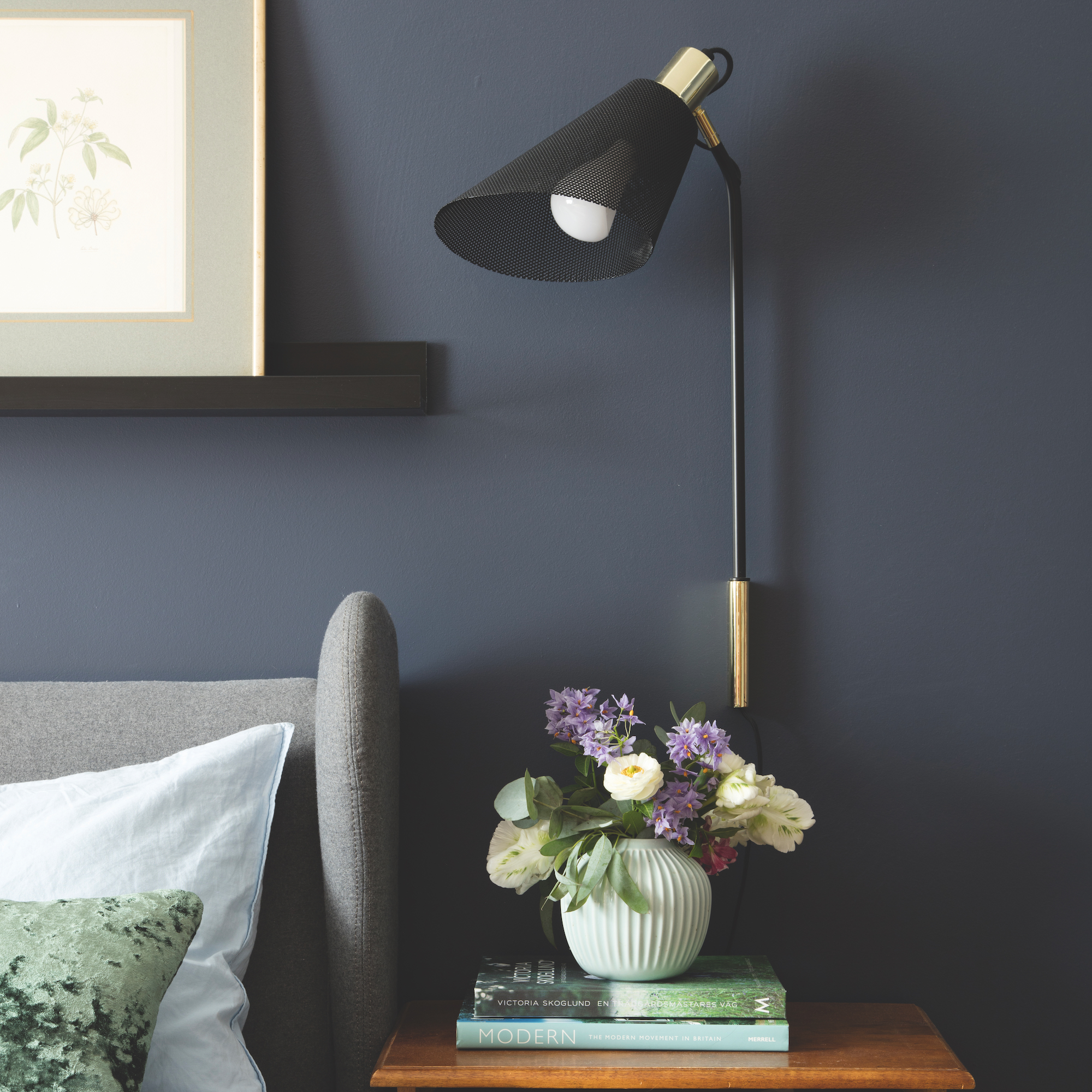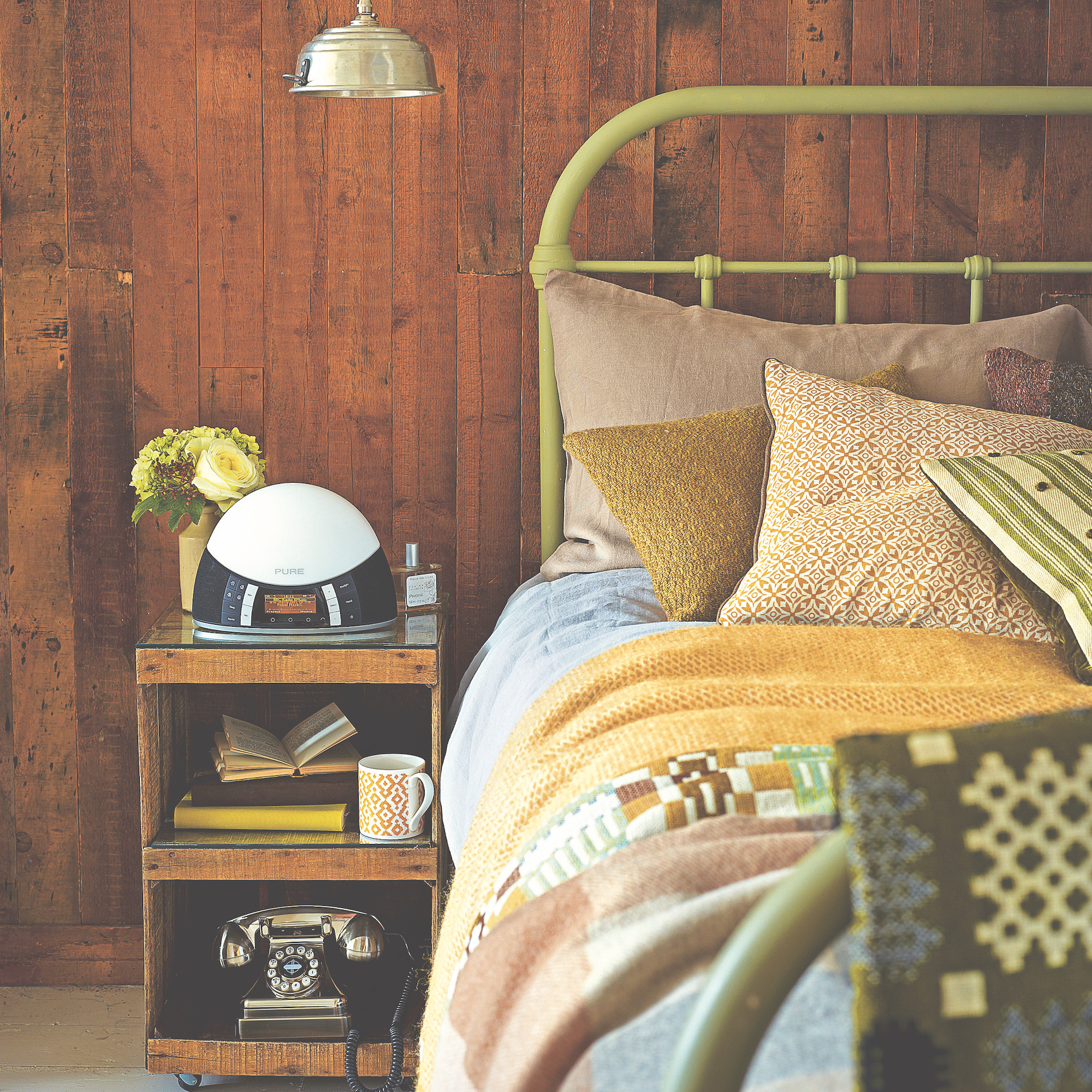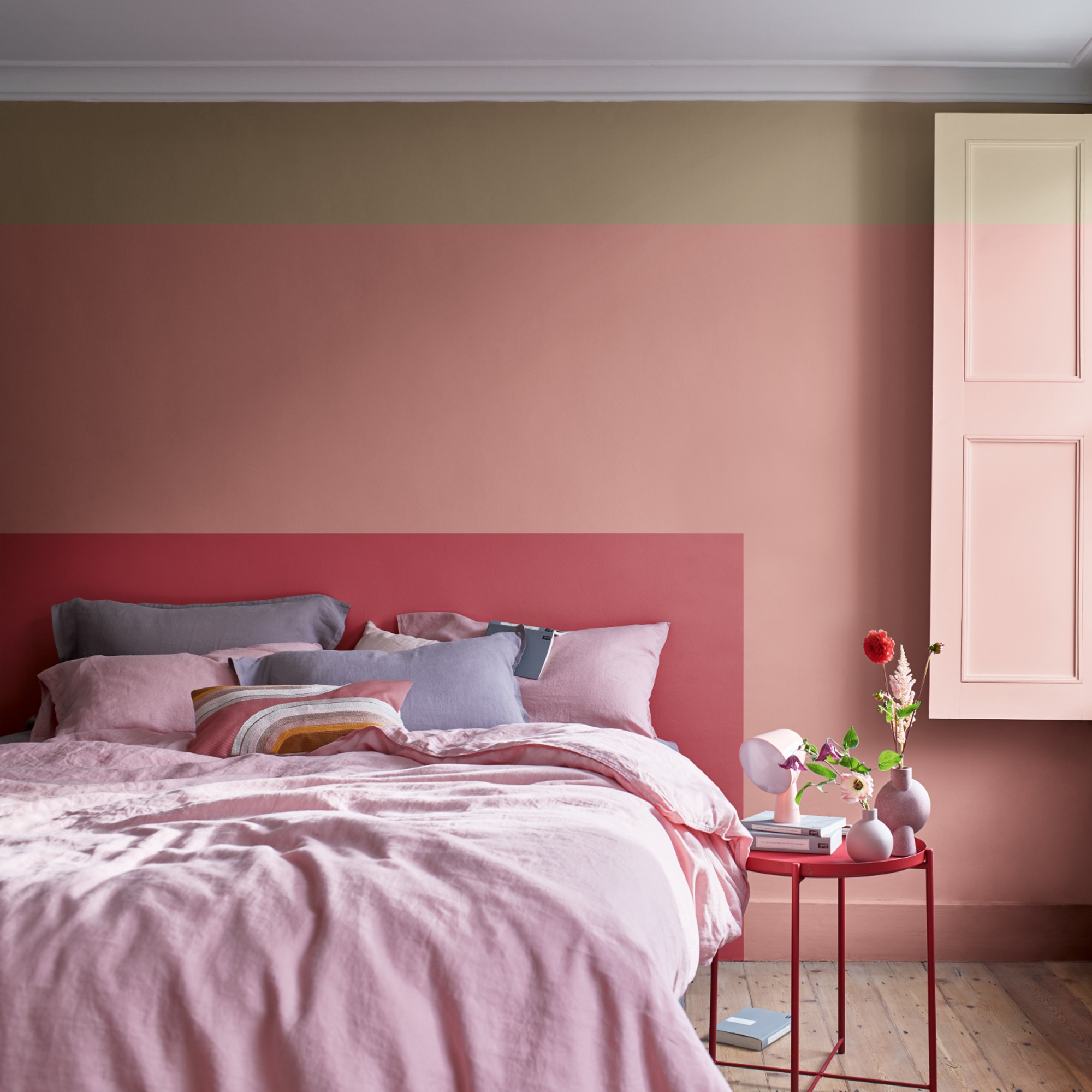
If you're wide awake at 11pm, have your best ideas in the early hours and could dance until dawn, then you're a night owl – which is brilliant if you don't have to get up in the morning and a yawn-inducing nightmare if you do.
How you decorate your bedroom and your daily wake-up routine can help you to hack your body clock, so you become a morning person (or at least, feel a bit more human when your alarm clock goes off). But you can also set yourself up for a good night's rest by turning your bedroom into the ultimate wind-down zone and adopting habits that will help you feel ready to switch off the lights and settle down.
We spoke to sleep experts and design professionals to find out more.
Bedroom design tips to help night owls fall asleep
'Most adults need 7-9 hours of sleep every day, but when our bodies naturally want to sleep and wake up each day varies on our chronotype, explains Dr Lindsay Browning, a sleep expert at Trouble Sleeping. 'Owls may struggle to get up in the morning but can happily work until 1 or 2 am, while larks tend to be at their best in the morning and want to go to bed early.'
The secret to creating our own Sleeping Beauty moment is to create an environment that signals to our brain that it's time to rest.
'Design a bedroom that makes you feel happy, safe and calm. Go for deep and soothing colours, soft and tactile fabrics such as velvets and wools, and invest in a good quality bed, mattress and bed linen. All of these elements will encourage your body and mind to relax in preparation for sleep,' recommends sleep expert and founder of The Sleep Care Company, Anne Marie Boyhan.
1. Select a harmonious bedtime palette

You'll want your bedroom colour ideas to reflect your own style preferences, but aim to choose tones associated with rest and relaxation – and importantly, colours that look good in artificial light.
‘In the evenings, colour is a powerful tool that we can use to help us to relax and wind down. Shades of green and blue are ideal for a relaxing bedroom – they’re among the most soothing colours on the spectrum, and they remind us of nature, which has a calming effect,' explains creative director and Dulux colour expert, Marianne Shillngford.
Marianne's advice is to choose colours that look crisp and bright in daylight, helping you to wake up in the morning, but which take on a more gentle tone in the glow of a bedside lamp or candle. 'For example, an inky blue teal goes slightly greener, softer and warmer in the evening light but looks fresh in the day,' she says. 'The effect is quite magical.'
Other tones that work well to settle a night owl are deep blues and greens, jewel tones of damson and plum, and warm terracotta tones. One trick when you're deciding bedroom paint ideas is to use the colour wheel to find a palette of harmonious colours. This might mean choosing a monochromatic scheme with shades of the same colour throughout, or picking three or four colours that sit next to each other on the colour wheel.
'Always buy a tester pot of paint, try it in different parts of your room, and look at it in both daylight and when it's artificially lit – you may find you buy one that's actually one or two shades lighter than you thought you wanted because it looks twice as dark at night,' suggests Marianne.
2. Add reflective surfaces to help you feel at ease

If you're a night owl, there's a natural resistance between wanting to stay awake and knowing you really need to get to sleep – you need a little energy and interest in your bedroom decor so you don't feel unhappy in your own home.
'I would add in some reflective surfaces, such as a brass lampstand or a gold-framed mirror – it will pick up what light there is and bounce it around the room, but in a subtle, calming way,' explains design psychologist Amber Dunford. 'You can also choose textiles that have a bit of a sheen to them, such as velvet.'
3. Choose a scent to help you nod off

Certain essential oils, such as lavender, jasmine and chamomile, are known to induce feelings of calm and relaxation, leading to better sleep. We can light a scented candle or spritz our pillow with sleep spray, but that might not be enough of a trigger for a true night owl.
'When you inhale essential oils, the compounds enter the olfactory system via the nasal passage and from there have a direct impact on the limbic system. This is the area of the brain that deals with emotions, memory and mood,' says Cheryl Hook, founder of candle and home fragrance brand, Melt.
'Beneficial scents can be introduced in so many ways, from thinking carefully about hand wash in the bathroom to the use of spritzers, diffusers and candles,' Cheryl continues.
So, perhaps add lavender-scented bath bubbles to your sleep routine, massage your face with a jasmine facial oil, and spritz your PJs with rose geranium linen spray before you dive under the covers.
4. Use sound to help you sleep

If you're a parent, you may have used white noise – the constant static-like ambient noise from a fan or vacuum – to help your little one sleep. But soundscaping isn't just for babies. There's some evidence that white noise, pink noise and even brown noise can help us fall asleep, and then have better quality of sleep throughout the night.
White noise works by drowning out background noises that can disturb us. Pink noise is similar, but the sound is slightly deeper and uses lower sound waves which may be more soothing. Pink noise also helps shield us from loud noises that might wake us up, like a car door slamming. Brown noise produces a deeper, rumbling sound, like heavy rainfall.
You can search up white, pink and brown noise soundtracks on YouTube and websites, or use a sleep app, and play them as you get ready for bed and through the night if you struggle with insomnia.
'As a sleepy night owl, you can also think about sounds that will help you wake up in the morning,' says design psychologist Amber Dunford. 'Our heartbeat syncs to rhythmic baselines, so you can trigger your brain to be more alert if you listen to a track that elevates your heartbeat a little.'
5. Use morning light as your alarm call

Night owl decor is all about deep, dark colours and rich reflective surfaces, but how does that work if you need to get up with the larks in the morning? There's an easy paint trick to help…
Morning light is really important, for both night owls and larks, as it helps to set our body's natural body clock – if we don't get enough natural light first thing in the morning, we actually find it harder to fall asleep at night.
'If you decorate your bedroom in a night owl palette, consider painting the wall opposite your window in a lighter tone. If it's dark, it will absorb all the natural light, but if it's a slightly paler colour, it will glow when you open your curtains in the morning, amplifying the positive benefits of the natural light and helping to wake you up,' says Dulux colour expert, Marianne Shillingford.
'Ultimately, if you're a night owl, you can't fight nature,' agrees Amber Dunford. 'Lean into your natural tendencies with your decorating scheme and you'll feel and sleep better.'







